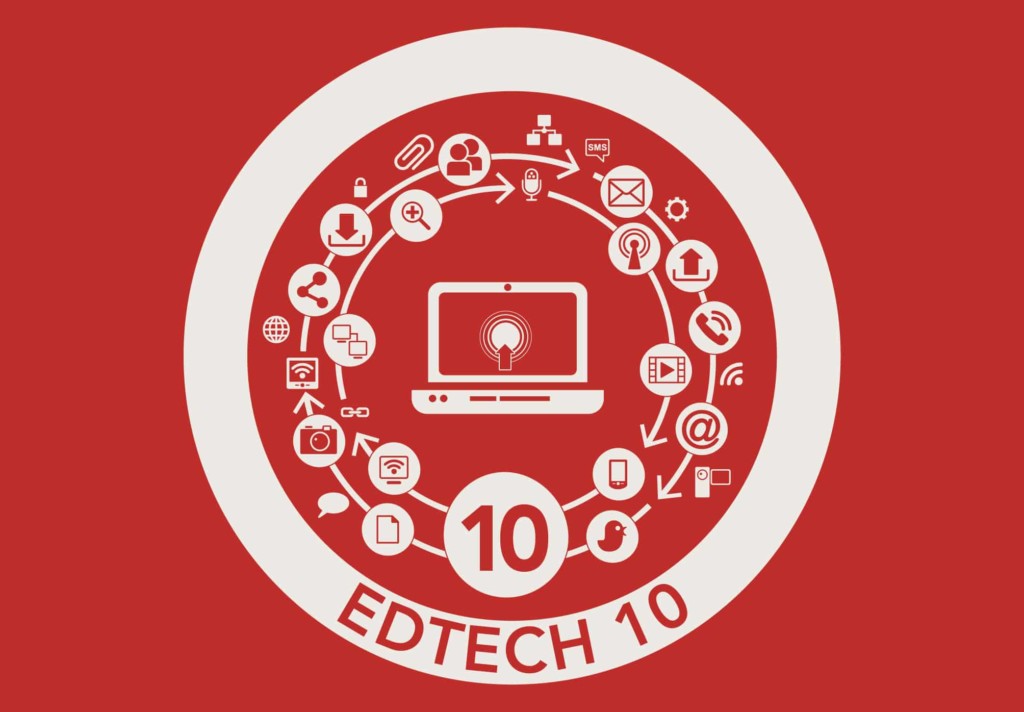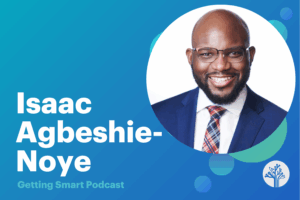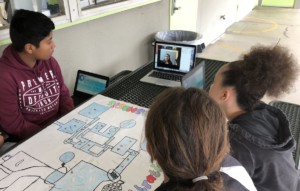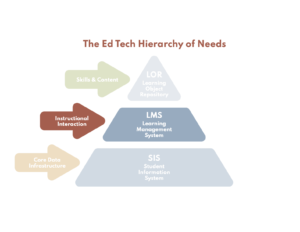EdTech 10: Special #WIFI4SCHOOLS Edition

On the eve of an important vote by the FCC (@FCC) on E-Rate Modernization, we are dedicating this week’s EdTech 10 list to the top stories supporting the proposed plan. Chairman Wheeler’s draft proposal (@TomWheelerFCC) will help ensure all students have reliable, high speed access by committing at least $1 billion in funds to support Wi-Fi networks that will connect over 10 million school students wirelessly in 2015 with an allocation for another $1 billion for 2016. In addition to expanding access, the proposed changes will also make E-Rate dollars go further, simplify the application process and prioritize consortia to drive down pricing and accelerates deployment. The proposal would increase funding for Wi-Fi 75 percent for rural schools and 60 percent for urban schools, allowing an additional 44 million students and 16,000 libraries to have access to Wi-Fi services by 2019, all within existing program funding. But you don’t have to just believe us, here are 10 more reasons to show your support. Join the conversation using #wifi4schools.
1. Our post this week on EdWeek provides an overview of E-rate modernization support and covers top benefits of supporting the current proposal as a key first step.
2. Digital Learning Now (@DigLearningNow) urges support for the plan in a two-part blog series. The posts highlight how support for the plan is necessary to realize the vision laid out by the Aspen Task Force (@AspenTaskForce) report Learner at the Center of a Networked World.
3. Valerie Strauss (@valeriestrauss) shared with the Washington Post that we’re at a watershed moment and that the modernization of E-Rate will create necessary backbone for the deployment of technology in education across schools in America.
4. Education Super Highway (ESH) (@EdSuperHighway) issued a letter to the FCC urging them to take action during tomorrow’s meeting and adopt Chairman Wheeler’s proposal. Leading tech CEOs – including Facebook, Dropbox, Netflix, HP, YouTube, eBay, Adobe, Dell, Xerox and more – signed the letter urging “swift, bipartisan action” to back the proposal. The letter explains that the chairman’s proposal will allow millions of students and teachers to connect to the broadband needed to compete in our global economy.
5. Digital Promise (@DigitalPromise) identifies three promising elements of the FCC modernization order: close the Wi-Fi gap and connect millions of students, lower broadband costs by increasing price transparency, and decrease the burden on districts by simplifying the E-rate application. Show your support by adding your name to help close the WiFi gap and get american students connected.
6. Blair Levin (@BlairLevin) emphasizes not only the importance, but also the urgency of the issue via his Benton Foundation blog post. Levin on E-Rate modernization: “The time to start acting is overdue.”
7. The FundsForLearning (@FFL) blog explains that “Chairman Wheeler’s math works” and speaks to the urgency of taking these critical steps toward modernization now versus letting “principles stand in the way of what is best for America’s students as they matriculate through schools that lack adequate high-speed Internet connectivity.”
8. All4Ed’s (@All4Ed) Jason Amos covered the key takeaways from the FCC report, pointing to the importance of transitioning funding away from outdated technology like pagers and dial-up connections, increasing transparency and making E-rate dollars go further.
9. Speaking to E-rate modernization as an important step toward connectivity and global competitiveness, In The Capital HigherEd writer Molly Greenberg (@InTheCapital) explains – South Korea already has 100 percent of schools connected to the Internet and is pushing for all digital textbooks by 2015. America, too, must move forward and be a global leader in digital education.
10. A joint letter signed by the All4Ed, Consortium for School Networking (@CoSN), Council of Chief State School Officers (@CCSSO), Digital Promise, EducationSuperHighway, Funds for Learning, International Association for K–12 Online Learning (iNACOL) (@nacol), Leading Education by Advancing Digital (LEAD) Commission (@LEADcommission), National Association of State Boards of Education (@NASBE), and the State Educational Technology Directors Association (SETDA) (@SETDA) connects the plan to national 99in5 (@99in5) goals: “This plan offers an important and timely first step toward achieving the critical national goal of providing at least 99 percent of America’s students with access to high-speed broadband in their schools and libraries within the next five years.”
Digital Learning Now is a Getting Smart advocacy partner.







0 Comments
Leave a Comment
Your email address will not be published. All fields are required.